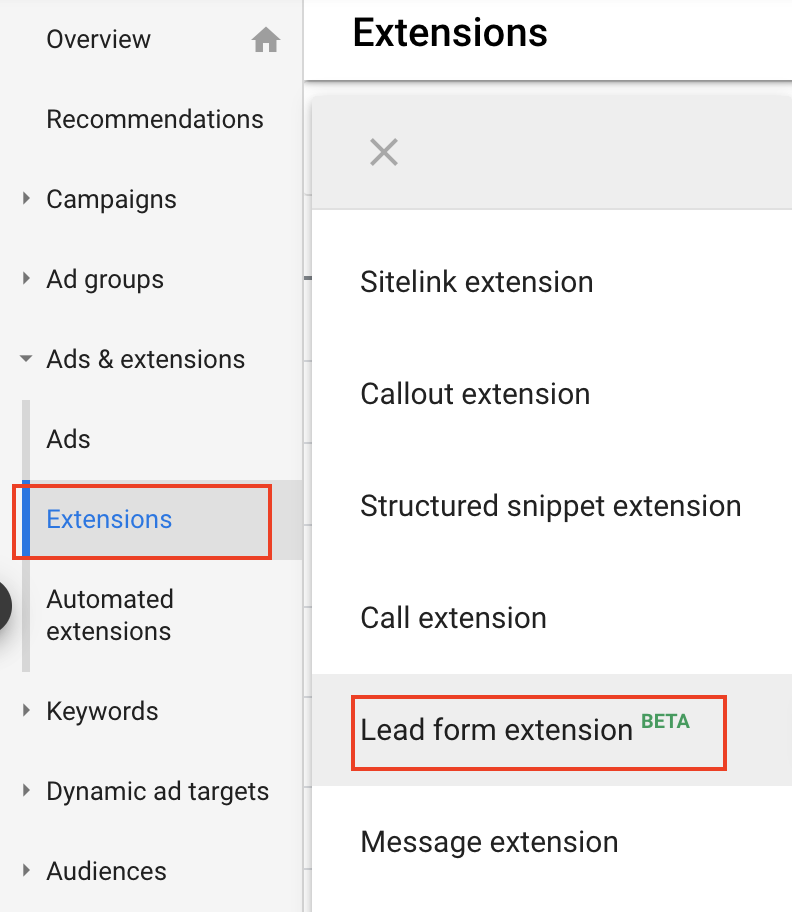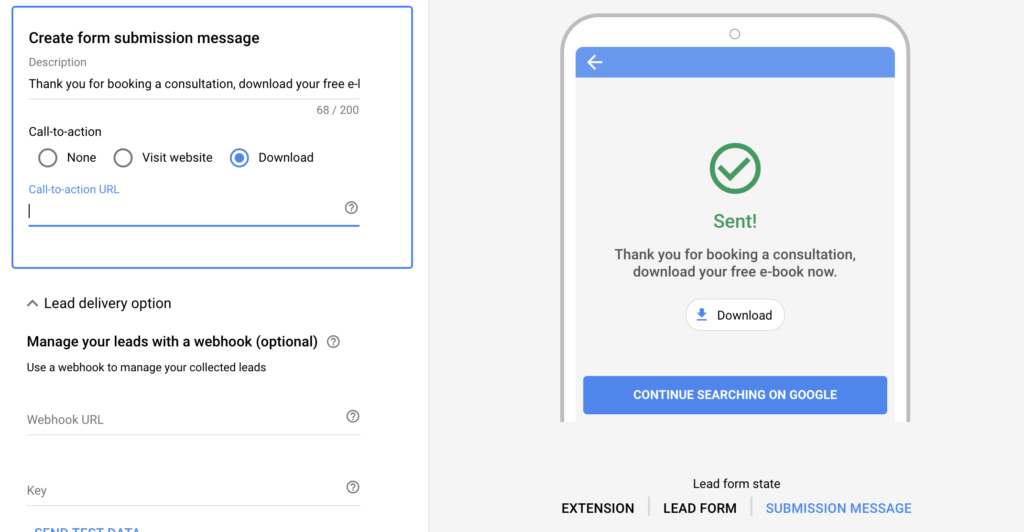Many of our clients will be familiar with lead form campaigns on Facebook and Linkedin. This mean that a potential customer can leave their details without navigating away from their social media feeds. This is a seamless and less intrusive method of a company asking for a person’s contact details. The barrier to enquiry is basically non-existent as they are not taken away from their feeds. This typically drives high volumes of interest for a very low cost per lead. We have used this strategy when we have been tasked to fill open days and get volumes of people to flood a business. You are able to pick up leads cheaply and there are normally a few winners amongst them.

The only downside of the lead forms generation strategy can be the quality. For exactly the same reason that lead forms work well, how easy they are to fill out, is the reason that it can produce a mixed bag of results. Arguably, there is more buy in from a person if they have been taken away from their social media pages, navigated around a website and then chosen to leave their details. In the picture examples above you can see that a person’s details are pre-filled. This means that a person just has to press one button to book or submit!
How I create a lead form?
If the BETA rolls out, lead form extensions will be able to enhance existing search campaigns. Much like traditional text ads, marketers will need to:
- Decide the headline, business name and description.
- Choose what information the advertiser needs to obtain.
- Enter the URL to their privacy policy.
- Create the form submission message.
- Select an available call-to-action for your users on the submission page. (Good to know: the CTA will be auto translated to the language settings of the device, but the ad text won’t be.)
What will Google Ad’s lead form extensions look and function like?
Lead form extensions look most like promo extensions to the browser from an ad perspective. You can add a image within the lead form which is great. Leads can be downloaded to a CSV file much like Facebook’s lead forms, or they can be linked into a webhook integration like Zapier that will auto pull. This is the most recommended of lead management as they will only be stored for 30 days and humans are prone to error and forgetfulness. It is not recommended to create a bad customer experience by not acknowledging or following up with leads in a timely fashion.

So, are we excited?
In 2010, Google floated what it then called contact form extensions. Leads were sent to advertisers via email. It never came out of beta. In 2011, it tried again with cost-per-lead ads that let users submit their phone number or email in from the ad to request for more information. That never came out of alpha, it seems.
Ginny Marvin, Search Engine Land
Should this extension make it through, we are super excited and cannot wait to test because this is a new way for our audiences to interact with our search ads. This makes us very excited. It makes the landing page redundant and adds another competitive element to ad optimisation. The form is optimised for mobile and loads very quickly, so that satisfies search behaviour that sees traffic come from mobile 80% of the time. It means more real estate and more ways for us to compete. Which we enjoy.